Beyond the Frame 56/
A decidedly analogue edition featuring open wine cellars in Geneva, the bane of "the beep", the joys of The Repair Shop, and a new book: Artisans of Dartmoor.
Geneva Open Cellars
I had the opportunity to attend and photograph the 38th annual Geneva Open Cellars Day recently. 78 wineries across the canton of Geneva opened their cellars and uncorked their finest vintages.
30,000 wine enthusiasts travelled from village to village, sampling the wines and snacking on Malakoffs, the region’s famous deep-fried, cheesy doughnuts.

The Winery Open Day is a deliciously simple concept. As a “connoisseur” for the day, you pay 20 Francs and receive an engraved wine glass. This is your cellar pass.
You enter a wine cellar where you can sample the winery’s finest offerings. When you’ve tried all the wines in one village, you jump onto one of a fleet of mini-buses, which transport you to the next village where you repeat the process until you’ve been to all 78 wineries – or until you fall over.
Unsurprisingly, it’s an incredibly popular and sociable event. Extra trains are laid on to carry passengers the short distance from Geneva into the rolling hills above the Rhone where cheerful mini-bus drivers are waiting to transport the thirsty crowds around the circuit of villages.
With the sun shining, the wine flowing, and the skylarks singing above the vineyards, it’s hard to imagine a more convivial way to spend a day. Hic!
The wineries of the neighbouring canton of Vaud are opening their cellars next weekend. Ho hum, it’s a tough life. 🍷😁
Yearning for an analogue world
You might not be familiar with the term “Beep Creep”1 but you will doubtless be conscious of its effects.
This is the Age of the Beep. The Beepocalypse. Every electronic device has a beep that defines its character. Our dishwasher, for example, is a cheeky prankster. At the end of a cycle, it issues a high-pitched beep. Then another. Then a third.
“OK, fine, you’ve finished. I get it. Congratulations.”
So I obediently open the dishwasher door only to find that it hasn’t completed its cycle at all. Once again, I have been tricked. I close the door and wait, like a Pavlovian dog eager for a biscuit. Two minutes later the dishwasher sounds a final, long, mocking beep. That dishwasher is far too pleased with itself.
The kettle beeps when it boils water. The toaster beeps when it makes toast. The oven beeps. The hob beeps. The dryer beeps repeatedly and unendingly, demanding attention like an insatiable, spoiled toddler.
One cannot enter our building without beeping the door entry buttons. The washing machine, in a smug act of one-upmanship, not only beeps with every push of a button, it plays from a repertoire of traditional Latvian folk tunes when it’s done. I suspect the other appliances in the house resent the washing machine’s lofty recitals. As do I.
But the most egregious of these technosonic polluters is the squat metallic thug lurking in one corner of the kitchen wielding a sonic baseball bat. Yes, it’s the microwave. Or, as it’s known in our house, The Bastard.
At zero seconds the microwave doesn’t beep so much as it yells, “LOOK AT ME”. “LOOK AT ME NOW!”
Being woken by a pneumatic drill beside your pillow would be less alarming. And it doesn’t stop. “LOOK. LOOK. LOOK AT ME NOW!”
I’ve tried reasoning with it. “You’re a microwave. Everything you do is at speed. In the time you’re working, I could not physically get far enough away from you to justify such an eardrum-bursting volume of beeping.”
Anything microwaved in our house is heated for one second less than recommended. We are trapped, tethered, focussed on the countdown, ready to pounce upon the door when the timer shows “001” in order to preempt the acoustic assault.
Fancy a soothing, late-night mug of warm milk to aid restful sleep? Don’t even think about using the microwave after 10pm. I did it once and had to convince worried neighbours that the only thing being nuked was my Ovaltine.
Now, I’m well aware that this is the worst example of a “First World Problem” and many people would dearly love the luxury of owning such an array of labour-saving devices, beeping or otherwise. Be assured that I have acknowledged and firmly checked my privilege. But I remain bewildered at the apparent necessity for all these things to beep so incessantly? Where are the mute buttons?
At least my cameras do not beep. I make sure of that. A beeping camera would, I fear, push me over the edge into a luddite frenzy of scissor-wielding, cord-slicing mayhem.
Thankfully, I have found an antidote to this uninvited modern intrusion courtesy of the beloved BBC.
The Repair Shop
The premise of the Repair Shop is beautifully simple. Inside a rustic barn in the Sussex countryside, a collection of softly-spoken, expert craftspeople are gathered. Each has a particular set of artisanal skills and experience.
Steve is a horologist who never wears fewer than two pairs of spectacles. His sister Suzie is a master saddle maker and leather restorer. On a neighbouring workbench we find Kirsten, a ceramics conservator, and beside her is Will, carpenter and wood restorer.
Dominic is a genius with metalwork. Lucia is a wildly impressive art conservator. Amanda and Julie are the “Bear Ladies”, experts at bringing much-loved but threadbare soft toys back to life.
Visitors arrive at the barn carrying a beloved heirloom which has seen better days. It might be a rusty bicycle once owned by a grandparent, a beloved aunt’s favourite necklace, a family bible that’s been handed down through generations, or a trombone once played by a departed, musical friend. The range of heirlooms is astonishing and each is accompanied by a story that explains its priceless importance. Every item then receives loving attention from an appropriate expert who restores it, rejuvenating a treasured possession back to its former glory.
Here’s one quick but memorable example.
Treasured heirlooms are returned to their anxious owners in emotional reunions. The objects, tarnished by time when handed over, are now gleaming, lovingly restored to how they might have looked when first cherished. In that moment, they become more than just objects, they are time machines, carrying their owners back to childhood memories, to the reassuring warmth of a parent’s hands, or the quiet presence of a beloved grandparent. The sight, the feel, even the smell of the newly restored items unlocks tender recollections, and departed loved ones are momentarily present again.
Watching the experts deploy a lifetime of experience as they conserve and repair heirlooms is a joyful thing. One of my favourites is Dean, the Yorkshire cobbler. In one episode, he restores the running shoes worn by athlete Audrey Brown in the 1936 Berlin Olympic Games.
There are cameras too. Many cameras. Vintage models which have grown from simply creating visual memories to containing the history and memories of their previous owners.
I have compiled some clips of camera restorations. The cameras are fascinating, the restoration process is impressive, and the final reunion of owner and camera is invariably very touching. Vintage camera restorer Brenton West always seems able to restore the cameras to working condition.
I wonder if 100 years from now, so much careful attention will be devoted to restoring somebody’s treasured iPhone 6?
Yatish’s Speed Graphic
Yatish brings his father’s 80 year-old Graflex Speed Graphic into the Repair Shop. After being expelled from Uganda by Idi Amin in the early 1970s, Yatish’s father used the camera to establish a photography business. For Yatish, the camera holds fond memories of his late father and provides a link to his family’s African heritage.
Geoff’s Vest Pocket Kodak
Geoff’s Vest Pocket Kodak camera was built in the early 1900s and provides a profoundly emotional connection to Geoff’s grandfather.
Phil’s Victo Half-Plate Camera
Phil’s beautiful Victo camera hasn’t made a photo for over 100 years, since Phil’s great-grandfather used it during the First World War. When fully restored, it’s still able to make impressive photographs.
I wonder if the producers of The Repair Shop ever predicted just how emotional the reunions of owners with their heirlooms would prove to be. And it’s not just the owners who are moved to tears. There are many examples of the experts investing more than just their time and experience into a restoration, as in this memorable sequence with master saddle maker, Suzie Fletcher.
There are hundreds of episodes of The Repair Shop available to stream on the BBC iPlayer and many can be found on YouTube.
For me, The Repair Shop is a reminder of the value in objects that were built to last – and never, ever, go “Beep!”.
It is satisfying when an old camera is coaxed back to working order, but, more than simple utility, the objects also carry family histories, personal stories and emotional connections.
Top Ten restorations at the Repair Shop
Artisans of Dartmoor by Suzy Bennett
Someone else who appreciates the value of traditional crafts is fellow photographer Suzy Bennett.
Suzy has interviewed and photographed craftspeople working in Dartmoor, in South-West England. Her gorgeous photographs have been compiled into a book, Artisans of Dartmoor, which is now available in a signed, limited edition.
“This is a stunning book and a heartfelt tribute to the artisans of Dartmoor, with each photograph capturing the spirit, dedication, and quiet brilliance of these creative souls. Flick through the pages and I guarantee you will also start dreaming about giving up your day job to weave, dye, potter, hammer or chisel. Through her lens, Suzy preserves the stories of Dartmoor’s artisans, but also reminds us of the vital importance of sustaining traditional crafts in this unique, beautiful and inspiring landscape.”
– Simon Reeve (Author and television presenter)
If you have an appreciation of heritage crafts, I’m sure you’ll also love Suzy’s timeless photographs. I always enjoy seeing the product of a true labour of love. We all need more things like Suzy’s book in our lives.
You can see a preview of Artisans of Dartmoor here.
In the Darkroom with Pablo Inirio
Rounding up my trilogy of analogue craftspeople, here’s a charming introduction to the work of Magnum darkroom printer Pablo Inirio.
Pablo worked extensively with Leonard Freed, photographer and author of the book Police Work. Pablo explains how Freed’s negatives were pretty much always perfectly exposed and it’s interesting to note how a darkroom printer appreciates Leonard Freed’s skill with a camera.
It’s been many years since I had a darkroom. Watching Pablo at work is really evocative. The darkroom red light, the enlarger, marking up prints with exposure values…
I realise that few people have experienced printing in a darkroom (and some aren’t even aware that photographic film requires developing). It’s difficult to explain the magic of darkroom printing, although Pablo’s video gives hints. A darkroom is definitely one of those rare places where one can quickly attain a state of flow, as described in Mihaly Csikszentmihalyi’s wonderful book of the same name.
Time in a darkroom passes at a different rate from time outside. I remember many occasions when I’d go into my darkroom at 9am, work for about two hours, then emerge to discover it was 6pm.
As my appreciation for all things analogue continues to grow, perhaps a darkroom might appear in my future. It might be wise to take Mrs. G. on another Wine Tour before broaching the subject 😬
Foreign Journalists in the USA
Finally, in a 180º turn from a celebration of craft, to a disturbing but necessary public service announcement.
The International Journalists’ Network is hosting an important discussion on the potential risks faced by journalists visiting the United States of America.
The Trump administration has banned the Associated Press from the White House press pool, taken steps to gut the U.S. Agency for Global Media, and continued lawsuits against media outlets.
The administration has detained holders of student visas and green cards, and deported individuals without due process.
What does this new political environment mean for foreign journalists? Could they be targeted for their coverage of the administration? Could their journalist visas be revoked? What about journalists who have been open about their temporary protected status, or are on asylum visas?
Join us for a discussion about these issues on June 4, at 2pm ET/8pm CET
The prospect of being locked up or deported is, regrettably, looking increasingly possible for foreign journalists visiting the USA.
That puts my annoyances about beeping appliances into perspective. Still, you should hear that bloody microwave… Chances are, no matter where in the world you live, you probably can.
If you have an analogue experience to recommend or a story about a treasured heirloom of your own, the comments are open — I’d love to hear from you.
I hope you have a wonderful weekend.
Until next time, go well.
Directory: Beyond the Frame newsletter archive.
Resources: Recommended books, films, gear, media etc.
Beyond the Frame 55/
Sandra Cattaneo Adorno in conversation, talking about the 10 years since she discovered a passion for photography, aged 60. Artists’ Residencies. Free headshots for ex-federal employees in Boston, US.
If you’re not familiar with the term “Beep Creep” it’s possible I just made it up 😁








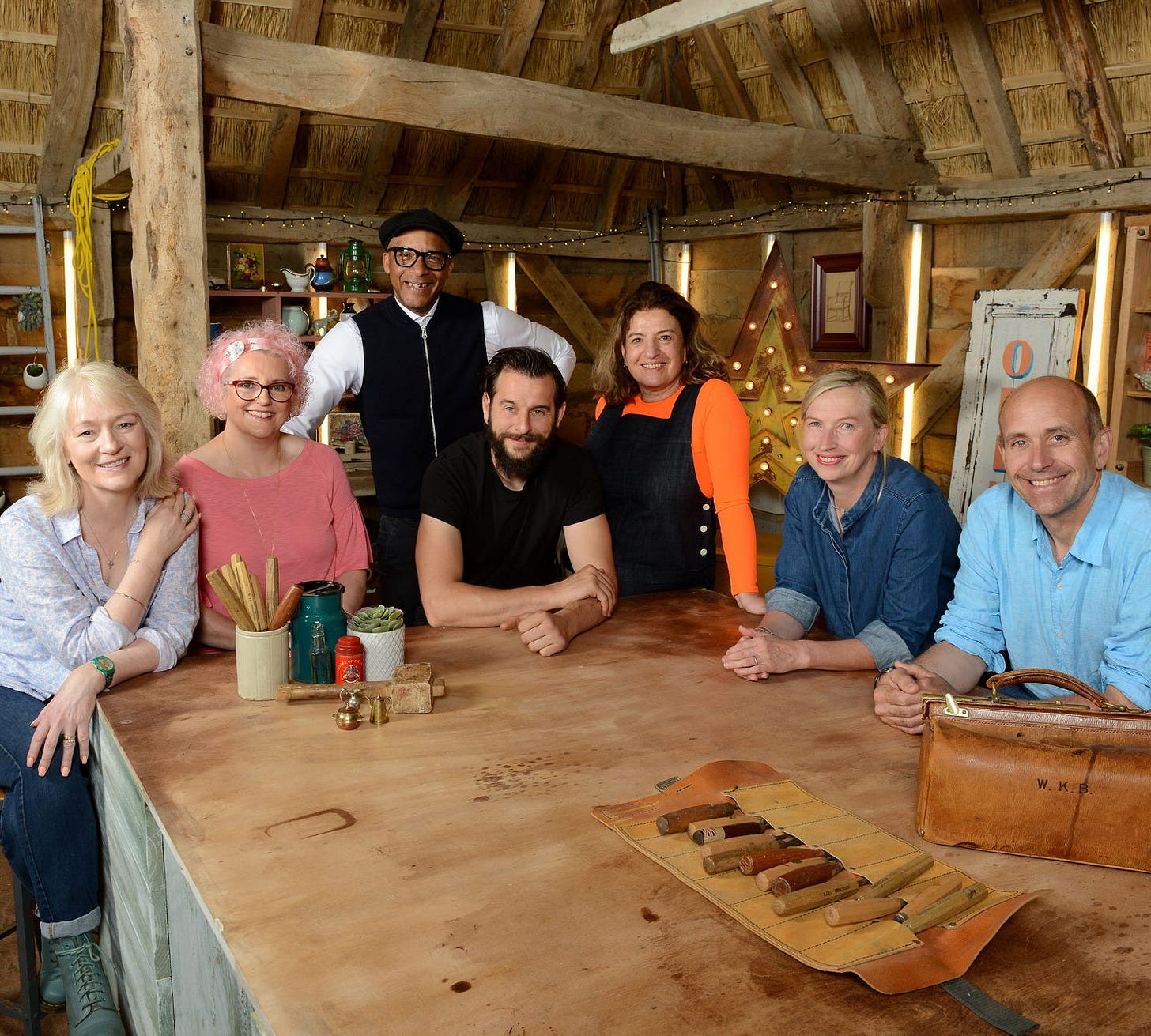
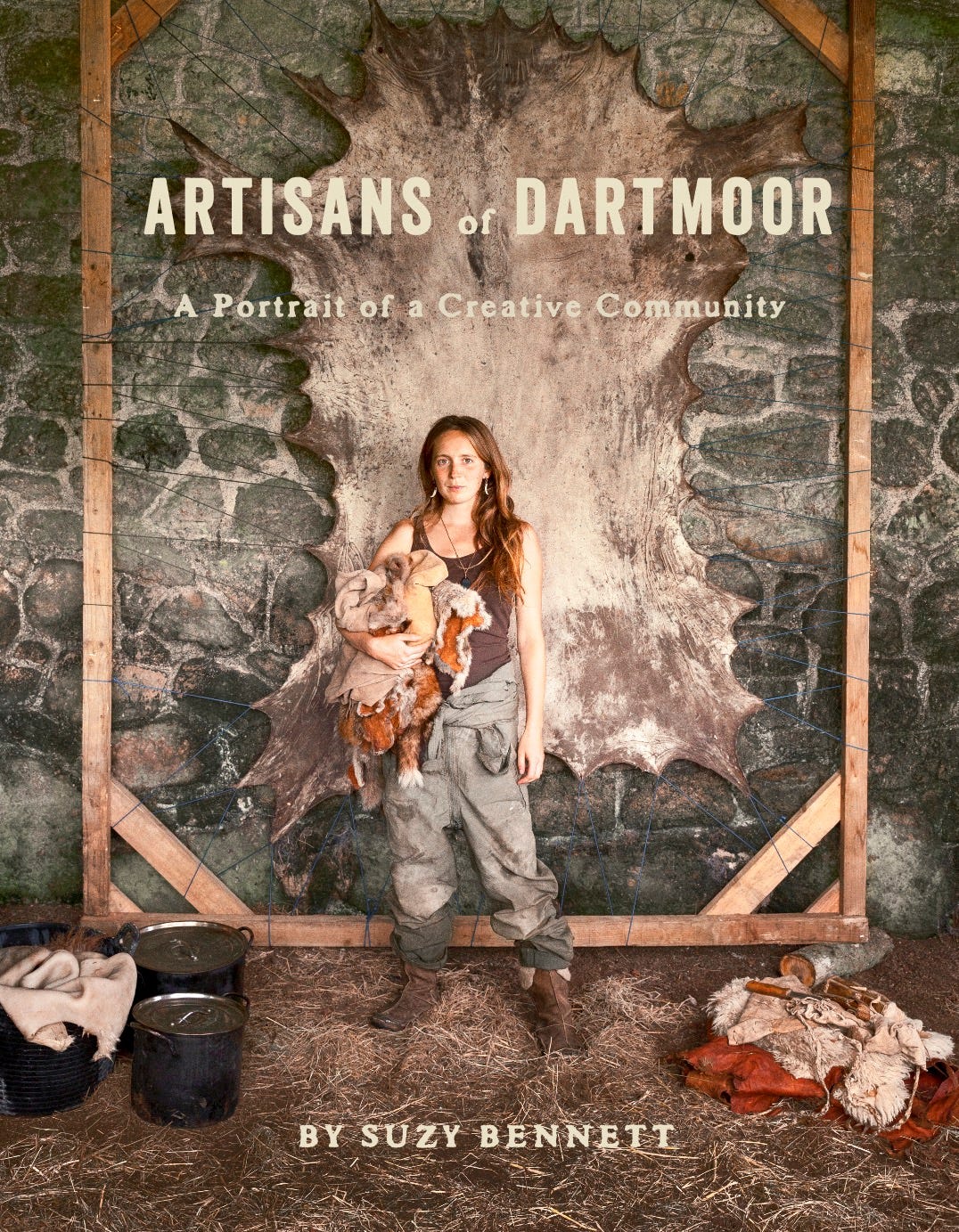


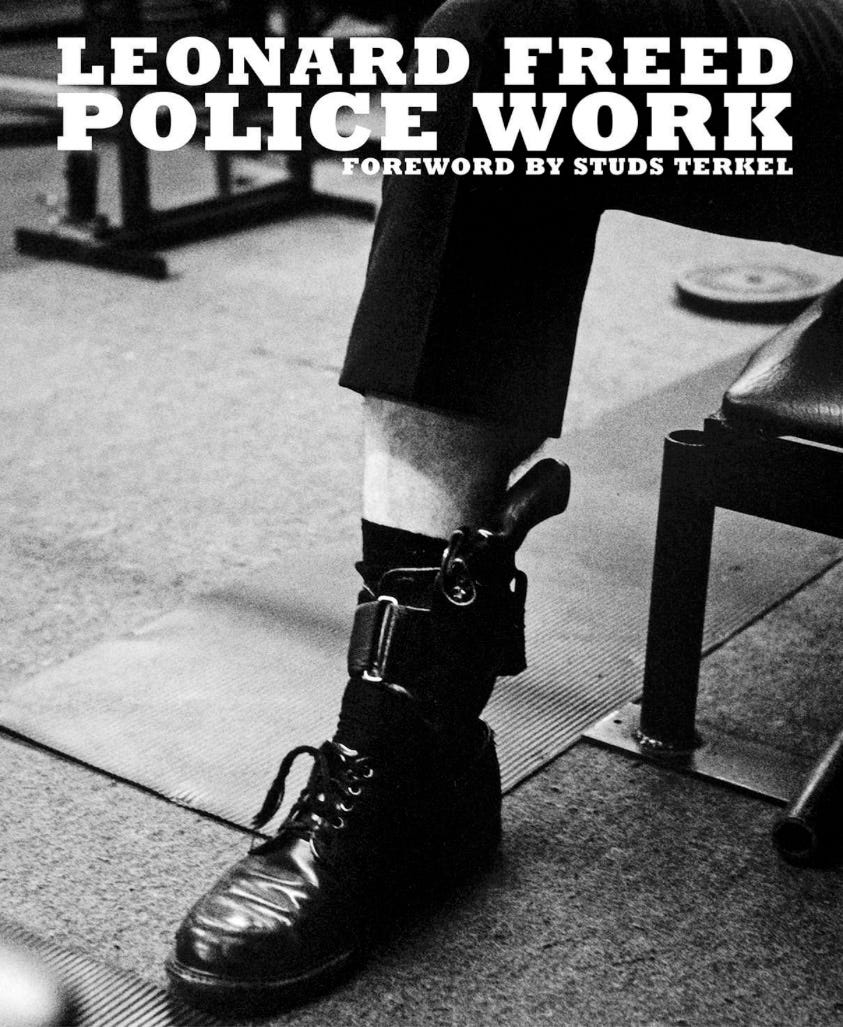
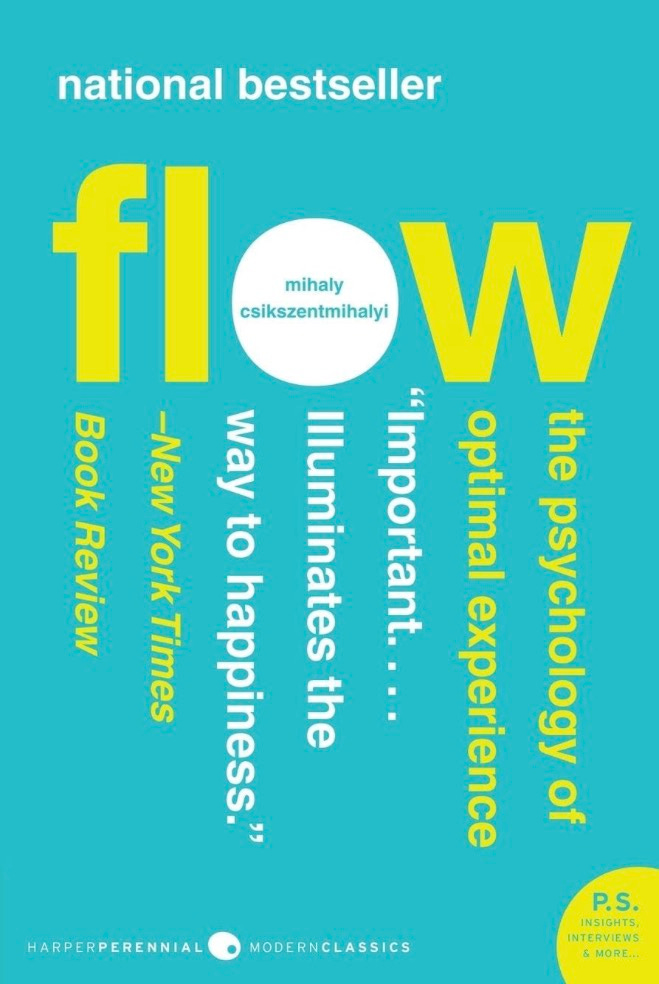


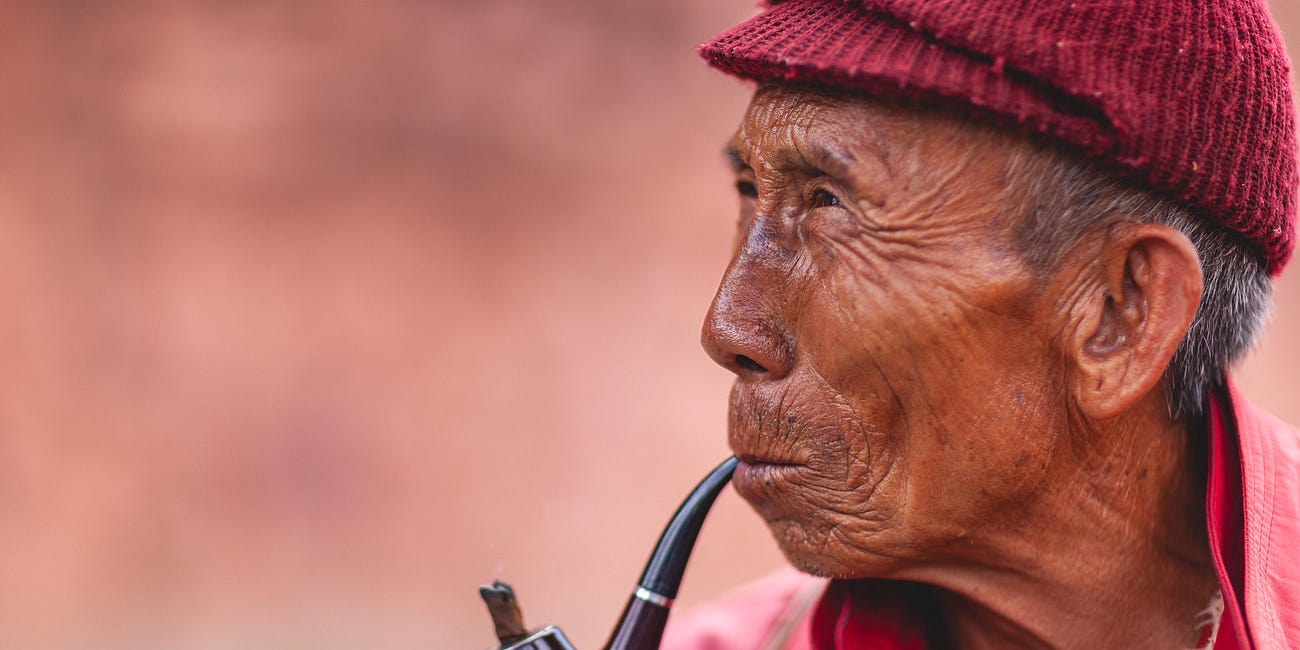
You should do an article on DIY SOS. That always makes me cry too ;)
In our house it’s the airfrier. Good lord.
Loved this post.
Another beautiful post Gavin. Your Beep bit had me laughing out loud and your use of language reveals a master craftsman at work every bit as skilled as the restorers in the Repair Shop. Thank you. Thank you. Thank you.